Frederick Douglass
Το βιβλίο του που έχουμε στα ελληνικά πρόσφατα διαβάσει και στην συνέχεια ένα άρθρο για τον Φρέντερικ Ντάγκλας και τις πολλές για την εποχή του φωτογραφίες του
The Most Photographed Man of The 19th Century Was a Former Slave
The story of Frederick Douglass’s use of photography to counter racism.
Sean Kernan Nov 10, 2020, από το https://medium.com/8085e
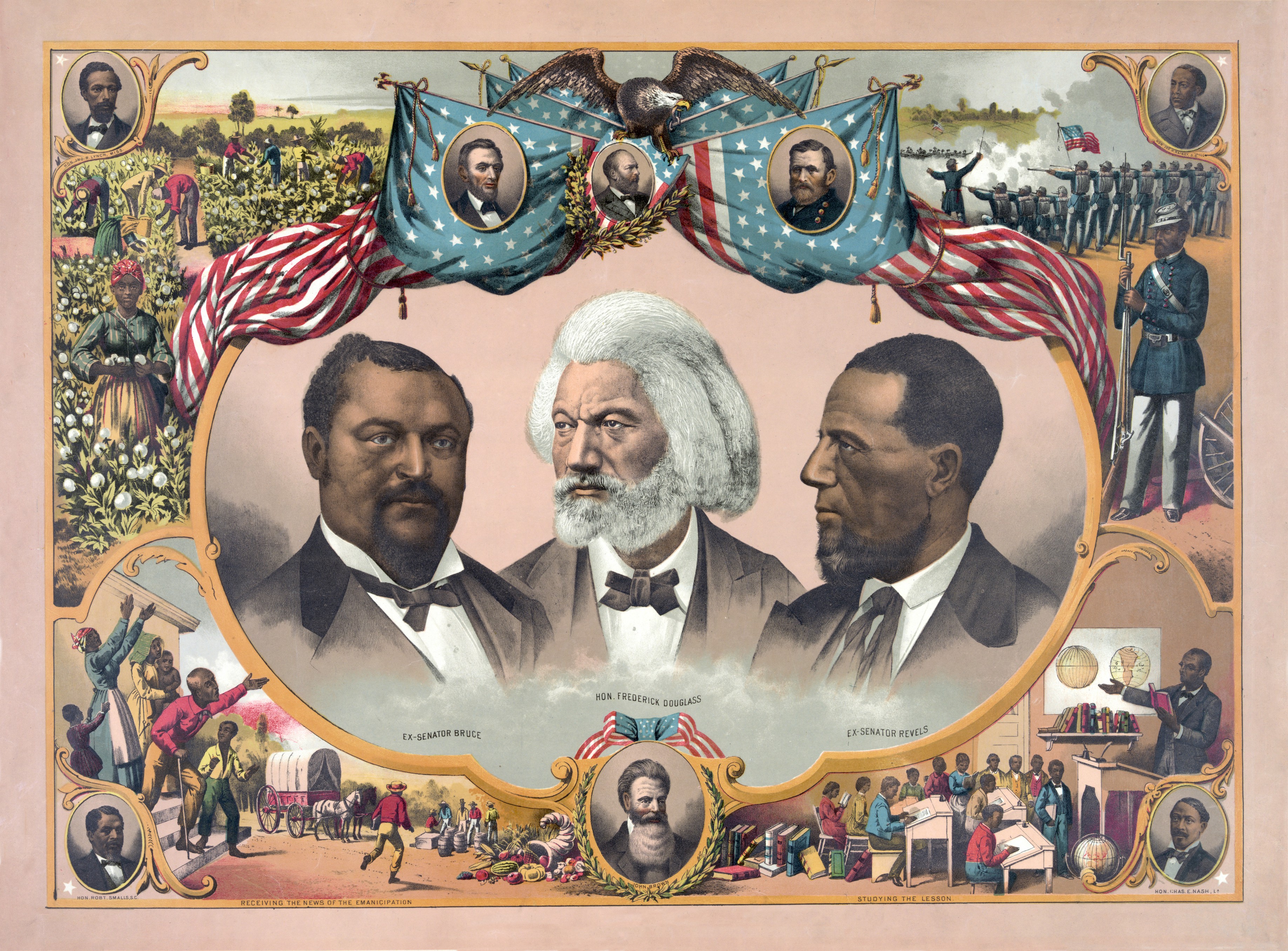
Most people know Frederick Douglass as the most famous abolitionist.
He was born a slave and dedicated his life to the unchaining of African Americans. He advised and advocated directly to Lincoln. He spoke publicly and drew huge crowds. He was even chosen by Lincoln’s widow to speak at the unveiling of the Lincoln Statue in DC.
But Douglass was also the most photographed man of the 19th century.
It is no accident.
His road to freedom
Douglass was a slave until age 14.
He made an extremely dangerous break for freedom. He dressed up as a free sailor, wearing a red shirt, tarpaulin hat, and a black scarf. Then he boarded a train headed for Philadelphia.
From there, he furthered his education and dedicated his life to abolition. His essays were seen all over the country. Great crowds assembled for his speeches. As a stark sign of the times, his “slavery is bad” lectures were extremely controversial.
There is no black person more famous in the 19th century than Frederick Douglass.
Yet his goals were never self-serving. Fame was never a priority to serve his ego or line his pockets. He lived as an avatar of contradiction, hell-bent on existing in contrast to anti-black propaganda.
The importance of photography
The 19th century was not well documented in photographs. Visual history was often carried on the back of cartoons and caricatures, which were full of shockingly offensive stereotypes, meant to dehumanize minorities.
Only a few years after Douglass’s freedom from slavery, photography came into being.
Douglass never saw the format as a means to become a model or to foster his vanity. He saw the camera as a harbinger of truth. He knew that, even in the hands of a racist white, photos couldn’t lie. And so he used them.
He is depicted in a number of poses, often in moments of thought:
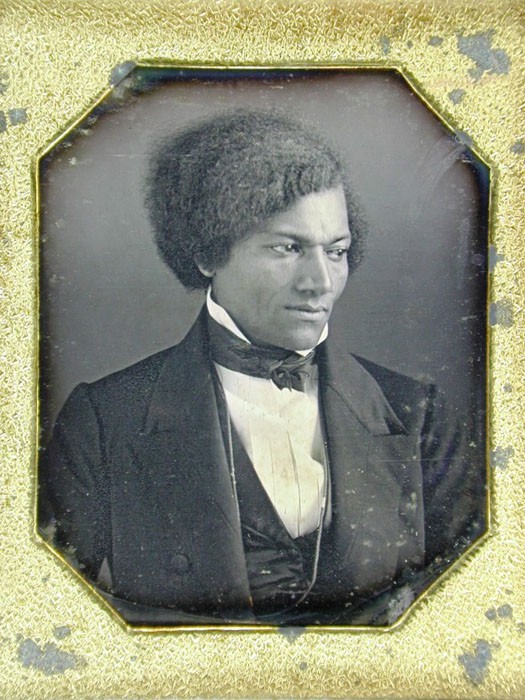
Of note, Frederick Douglass was not an unhappy man, far from it. But he was very intentional in not smiling in his photos. To do so, would convey himself as “the happy slave”.
The importance of his cause left no room for misinterpreting his sincerity. His photos always carried one key undertone:
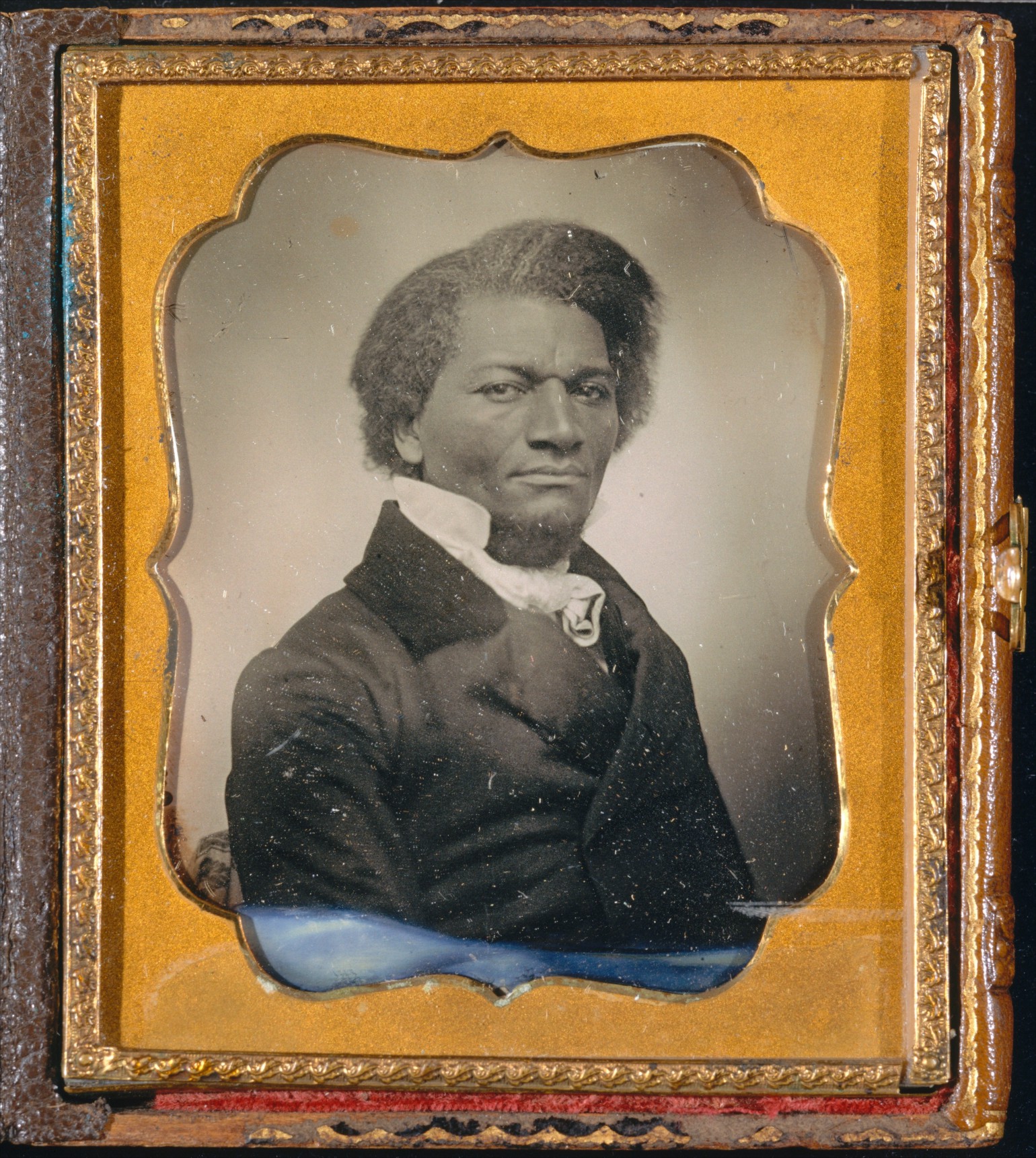
Note his stern gaze, tightened lips, and eyes full of contemplative defiance.
The backgrounds always designed to be blank and even. It was a form of politicized-minimalism to draw attention to his humanity. There is nothing in the picture to consider but the man.
Douglass’s strong facial features, victorian dress style, ran in tandem with his intentional life of protest. He demanded he be respected for his mind.
He remained a controversial figure. His life was always at risk. Yet he continued writing and speaking. But always sitting down for photography between his tours.
In him, you never saw the animal-esque depiction in southern propaganda. You saw a cultured man who sat shoulder-to-shoulder with elites.
In hindsight, it was rather brilliant. He saw such a grand opportunity in photography where others didn’t. He also used a very audacious approach.
For example, in this rare, candid photo of him with a slight-smirk, with his white wife and her friend:
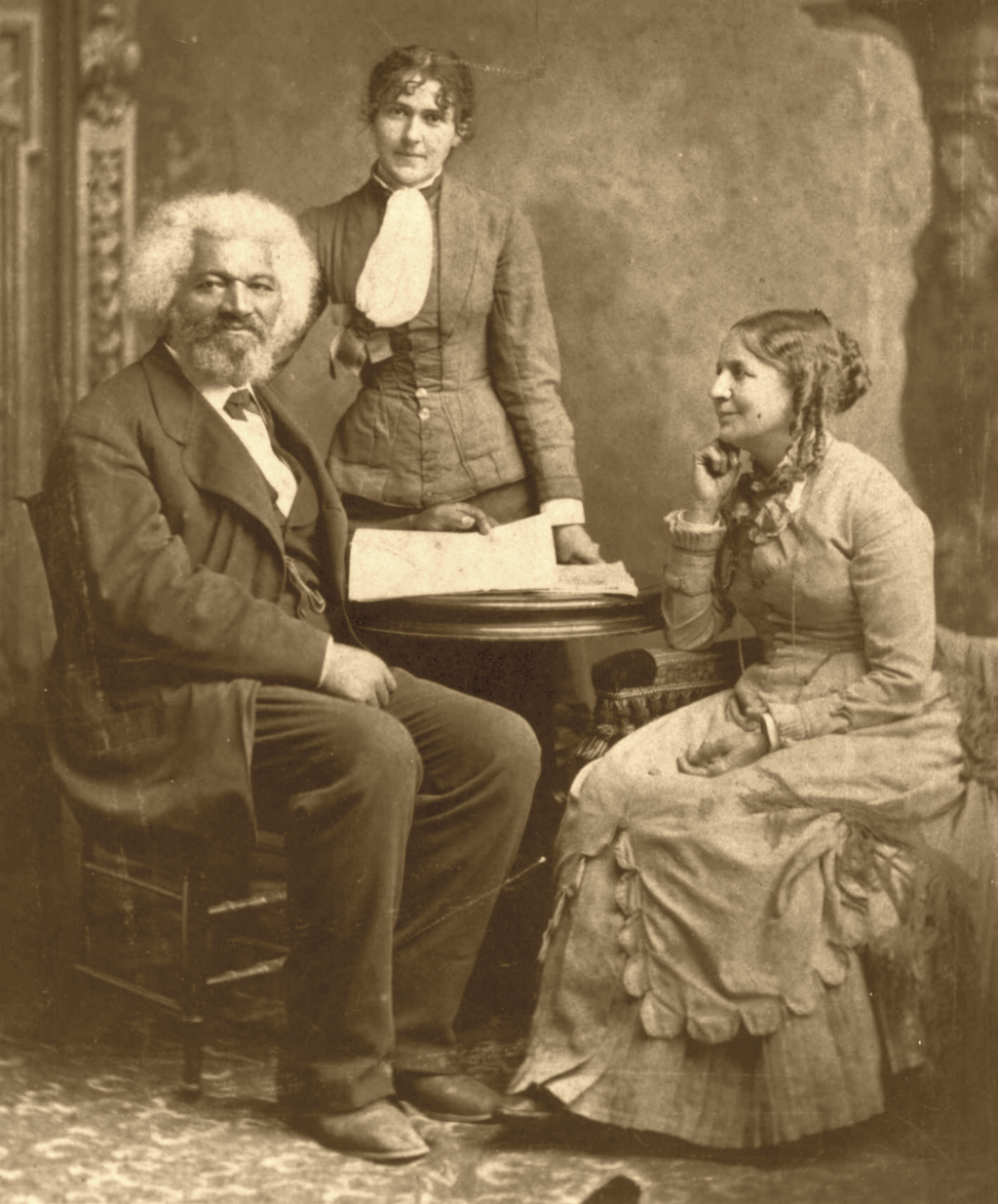
Douglass was photographed 160 times. For context, Lincoln was photographed 126 times.
Though there are paintings, Douglass was ardently against having artistic depictions of his persona. Years of exposure to racial propaganda, drawn by white artists, ruined any semblance of trust, even in an artist with the very best intentions.
You will see him photographed in all phases of his life: young, middle-aged, and old. He insisted on being shown aging, just as any man does. A man is flawed and beautiful, but always finite.
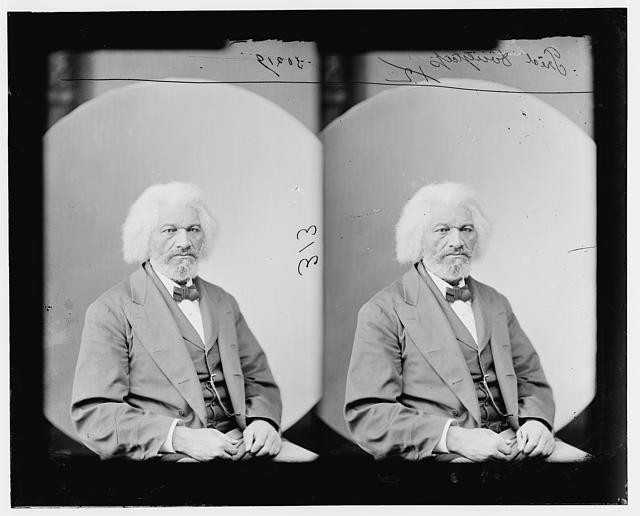
The final photograph was taken a day after his death, from his death bed.
Conclusion and takeaway
Douglass knew that art is life, that truth cannot be misread when captured as it exists.
Black people’s subjection extended all the way to the artist’s brush. In his multi-pronged attack on bigotry, he claimed photography as a place of authenticity. This key pillar elevated the platform of justice for those who were underserved for so long.
He would not be depicted as an animal. He would not be shown as a brutalized object. He was a man. And he was captured as such.
Frederick Douglass was the most photographed man of the 19th century.
Frederick Douglass was the most photographed man of the 19th century.

Σχολιάστε